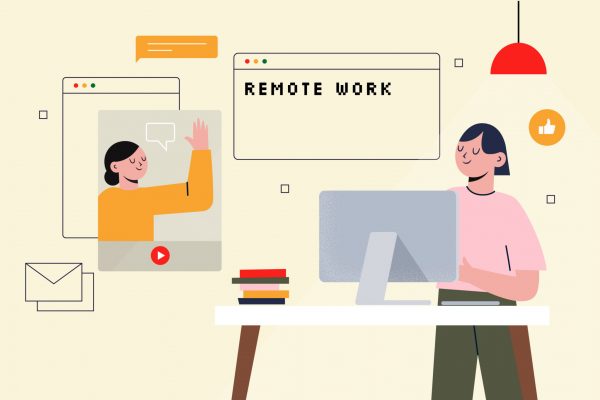In last week’s post, we examined some of the immediate challenges presented
by the sudden, unexpected shift to remote work. We focused mostly on present
considerations—how organizations can ensure their employees have not only the
right hardware and software to work remotely, but that they also have the
training and support to be able to use the tools productively.
In this post, we look at
three priorities companies must adopt to extend what they’re doing during this global
health crisis—ways they can give their efforts longevity by creating a culture
that makes remote work simpler and empowers employees to be productive,
engaged, successful, and to embrace change.
- Determine
Covid-19’s impact across the organization. Its effect on employees: How have their processes changed? Which
unfamiliar applications must they now rely on? How are their roles and
responsibilities changing? The impact on the organization: Which part of the
company has been most affected by the disruption? How must managers change the
way they assess employee productivity? Determining impact enables companies to understand
where they need to focus their efforts going forward. - Focus on
increasing agility.
Agility is not a destination—it’s not achieved
by figuratively traveling from Point A to Point B, with A as a total inability
to support or perform remote work and B as the capability to shift quickly and effortlessly
to an entirely remote workforce. Indeed, there is no point at which a person or
organization “becomes agile” and stops resisting change. Agility—the capability
to change—must be nurtured. It must also be an integral element of any transformation. - Prioritize
ongoing training. Tech
adoption and proficiency are key to successful change. With Covid-19, consider how
quickly workers had to set aside familiar tools and time-tested processes and
start using unfamiliar applications and new approaches. To ensure success during
future disruptions or transformations, companies must provide employees with
ongoing training.
How can companies get to work on these priorities? How can they use impact assessment to increase agility and to inform training options? The most important step is creating an adoption and change management strategy that includes the priorities outlined above, plus numerous additional efforts1. This is a significant undertaking, and it often requires assistance from outside partners.
Tech adoption and proficiency are key to successful change. With Covid-19, consider how quickly workers had to set aside familiar tools and time-tested processes and start using unfamiliar applications and new approaches.
In addition, organizations
will have to shift their mindset. “Companies will have to learn that remote
work is different work,” writes Derek Thompson in a recent article in The Atlantic magazine. “Managers will have to get better at judging
productivity by setting and monitoring specific goals rather than using the
proxy of office attendance,” according to Thompson.
Employees, too, will have to
make sweeping changes—adopting conscientiousness, improving organizational
skills, keeping track of and documenting work activities, and more, according
to Thompson.
The current full-blown, global crisis will eventually abate, but that doesn’t mean life and work will simply go back to how they were before Covid-19. Organizations have little choice but to prepare for future disruptions.
1. Vitalyst’s adoption and change management services are underpinned by Prosci’s ADKAR framework.











